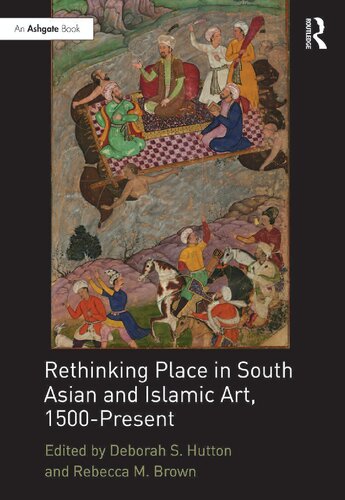

Most ebook files are in PDF format, so you can easily read them using various software such as Foxit Reader or directly on the Google Chrome browser.
Some ebook files are released by publishers in other formats such as .awz, .mobi, .epub, .fb2, etc. You may need to install specific software to read these formats on mobile/PC, such as Calibre.
Please read the tutorial at this link: https://ebookbell.com/faq
We offer FREE conversion to the popular formats you request; however, this may take some time. Therefore, right after payment, please email us, and we will try to provide the service as quickly as possible.
For some exceptional file formats or broken links (if any), please refrain from opening any disputes. Instead, email us first, and we will try to assist within a maximum of 6 hours.
EbookBell Team

4.8
84 reviewsPlace plays a fundamental role in the structuring of the discipline of Art History. And yet, place also limits the questions art historians can ask and impairs analysis of objects and locations in the interstices of established, ossified categories. The chapters in this interdisciplinary volume investigate place in all of its dynamism and complexity: several call into question traditional constructions regarding place in Art History, while others explore the fundamental role that place plays in lived experience. The particular nexus for this collection lies at the intersection and overlap of two major subfields in the history of art: South Asia and the Islamic world, both of which are seemingly geographically determined, yet at the same time uncategorizable as place with their ever-shifting and contested borders. The eleven chapters brought together here move from the early modern through to the contemporary, and span particular monuments and locations ranging from Asia and Europe to Africa and the Americas. The chapters take on the question of place as it operates in more obvious settings, such as architectural monuments and exhibitionary contexts, while also probing the way place operates when objects move or when the very place they exist in transforms dramatically. This volume engages place through the movement of objects, the evocation of senses, desires, and memories and the on-going project of articulating the parameters of place and location.